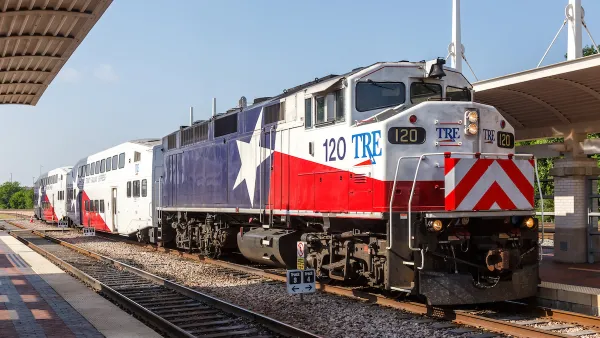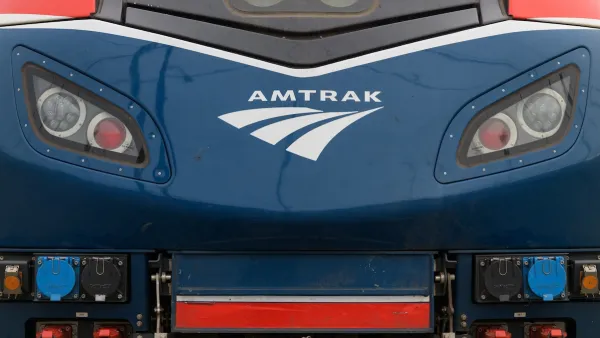Winnie Hu reports on how the reopening of the 65th Street Rail Yard in Brooklyn last week is part of a wider, regional rail expansion effort that aims to revive the moribund industry in order to boost economic and environmental benefits.
The rail industry has, over the past few decades, been most notable for its decline in New York - think of the High Line, which replaced a derelict elevated freight line - rather than its contribution to the local economy. But city officials in New York believe that trains are the ticket to economic efficiency and are investing in their future.
In order to revive the freight rail lines which city officials have said "languished because of railroad bankruptcies, litigation, changing routes, deteriorating infrastructure and other problems," a great deal of time, effort and money has been pumped into expanding freight rail infrastructure. The city has "spent more than $115 million to help expand infrastructure along the south Brooklyn waterfront since 2009, including laying fresh tracks and renovating a marine terminal that was once a hub for cocoa imports and manufactured goods. They spent another $80 million to restore an abandoned freight rail line on Staten Island's west shore in 2007, and most recently, they announced last month a planned $10 million upgrade of freight rail operations at Hunts Point in the Bronx," notes Hu.
The project has received both positive and negative feedback from the public. Resistance continues from civic groups, with complaints from those living in close proximity to the rail lines that the trains will produce noise and fumes. But others see the rail revival as a giant leap towards reducing congestion and pollution. The project has, "won praise from some transportation advocates and residents who see rail as an alternative to the fleets of trucks congesting roadways and spewing fumes into surrounding communities. 'We're in support of it,' said Monxo Lopez, a member of South Bronx Unite, which has cited truck traffic in opposing the move of the online grocer FreshDirect to the Bronx. 'But it has to be tied up with concrete traffic reductions and community involvement.'"
City officials also claim that rail benefits the local economy, in that "it gives local companies an option for transporting goods that could be significantly cheaper over long distances than using trucks."
FULL STORY: Rail Yard Reopens as City’s Freight Trains Rumble Into Wider Use

Analysis: Cybertruck Fatality Rate Far Exceeds That of Ford Pinto
The Tesla Cybertruck was recalled seven times last year.

National Parks Layoffs Will Cause Communities to Lose Billions
Thousands of essential park workers were laid off this week, just before the busy spring break season.

Retro-silient?: America’s First “Eco-burb,” The Woodlands Turns 50
A master-planned community north of Houston offers lessons on green infrastructure and resilient design, but falls short of its founder’s lofty affordability and walkability goals.

Test News Post 1
This is a summary

Analysis: Cybertruck Fatality Rate Far Exceeds That of Ford Pinto
The Tesla Cybertruck was recalled seven times last year.

Test News Headline 46
Test for the image on the front page.
Urban Design for Planners 1: Software Tools
This six-course series explores essential urban design concepts using open source software and equips planners with the tools they need to participate fully in the urban design process.
Planning for Universal Design
Learn the tools for implementing Universal Design in planning regulations.
EMC Planning Group, Inc.
Planetizen
Planetizen
Mpact (formerly Rail~Volution)
Great Falls Development Authority, Inc.
HUDs Office of Policy Development and Research
NYU Wagner Graduate School of Public Service



























